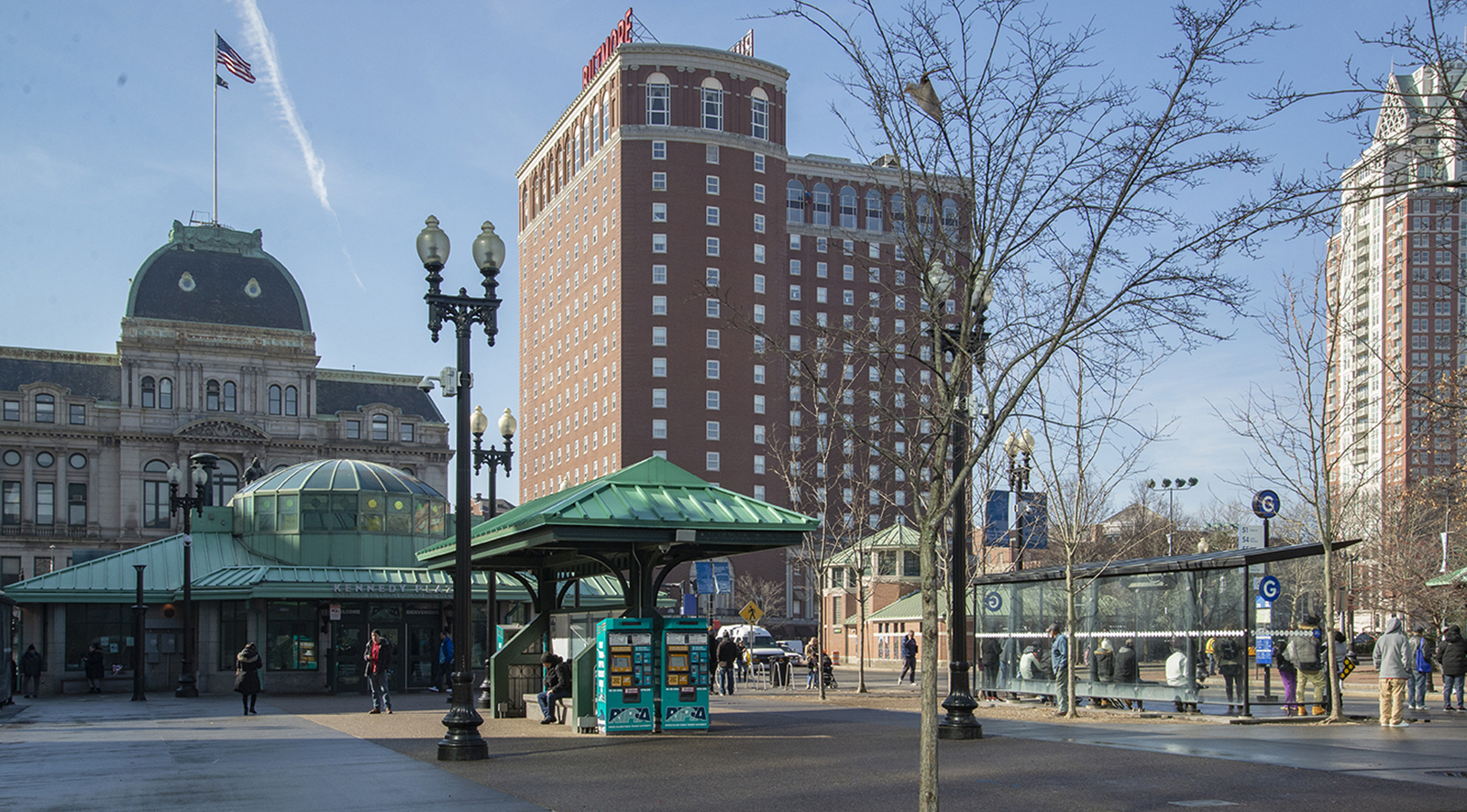We Need to Cut Transportation Emissions Before Climate Hole Becomes Too Deep
January 8, 2022
I have a car and a license, so I can appreciate the convenience of going and coming when you want, even over longer distances, and, in Rhode Island, usually being able to park pretty close to the door. What’s not to like?
The problem is that everyone else doing the same thing results not only in congestion, road deaths and injuries, more and more of the countryside paved over, and our core cities undermined, but it also increases climate emissions that Rhode Island law now says must be controlled.
The state had hoped that the Transportation & Climate Initiative (TCI) would take care of this by “capping” transportation emissions so they would somehow gradually go away. But politicians understandably bailed on this when they feared it would add to already climbing gas prices, political poison. But as ecoRI News recently reported, they had no plan B for reducing transportation emissions, and in the meantime we are digging ourselves deeper into the transportation climate hole.
How so? First, massive highway spending to expand road capacity — already underway on routes 6 and 10 and Interstate 95, and soon on routes 4, 37, and 146 and interstates 195, and 295. The northbound widening of I-95 right in the center of historic Providence is costing about a quarter of a billion but will enable more drivers to tear through Providence, encouraging longer and more frequent trips.
We built a new I-295 interchange to facilitate Citizens Bank moving much of its workforce out of the metro area to the woods in Johnston — more driving, more sprawl, more energy demand. The state will soon be spending more than $200 million a year to eliminate property taxes on cars (but not on residences) — a huge benefit for those with many fancy cars, zilch for those with no car or one old one. Where is the equity in that?
At the same time, the Rhode Island Department of Transportation (RIDOT) bicycle and pedestrian program has slowed to a crawl, bike paths are still not reaching downtown Woonsocket or the beach in Narragansett, and the East Bay Bike path bridges remain closed. RIDOT has twice shifted funds from biking and walking projects to highways. Electrifying our commuter rail, even though already mostly under the wire Amtrak uses, is too daunting as it requires bi-state cooperation.
Similarly, little progress on coordinating Amtrak, Rhode Island Public Transit Authority (RIPTA), and Massachusetts Bay Transportation Authority (MBTA) fares as E-Z pass does for highways across many states. And RIDOT has been trying to use the 2014 transit bonds, not to enhance bus hubs throughout the state as voters were promised, but to instead break up the central Kennedy Plaza bus hub, making the bus system more confusing and less convenient — all to please politically connected downtown property owners who don’t want the disproportionately low-income riders near their properties.
Fortunately, the proposed dismantling of Kennedy Plaza has generated so much opposition they may be backing off as the Gov. McKee administration may not be so committed to this as the Raimondo administration had been.
It is not all bad. We do know what to do. The new federal infrastructure bill will help fund charging infrastructure to get electric vehicles started in a bigger way. We need to implement this soon. State planners have approved ambitious Transit Master and Bicycle Mobility plans showing an alternate way to go and regional planners have a plan, the North Atlantic Rail, to take better advantage of our relatively energy-efficient rail system.
Providence city government is promoting a Great Streets program for safer mobility for those who bicycle, walk, or use public transit. RIPTA is using federal relief funds to start to make service improvements, such as more frequent buses and longer hours of service on some routes, and it is developing a serious fleet electrification effort.
Even RIDOT is finally working on the Pawtucket-Central Falls train station, and it did sponsor the seasonal Providence-Newport ferry. It also has a strong safety program for state roads.
I have heard many non-users say that RIPTA service “sucks,” but in many cases the bus service is much better than non-users think it is. I once asked a Newport newspaper reporter who disparaged RIPTA how many buses a day he thinks go between Newport and Providence. He guessed three. There are actually about 45 each way every weekday. So I suggest looking into RIPTA service where you live, you may be surprised. Over decades my wife and I saved big bucks getting by with just one car by using RIPTA too.
But to get the attention of non-users, and to help the low-income people that actually pay most of the fares, some legislators are talking about free fares on RIPTA. While that will take about an additional $15 million more in tax money, it is only about 7 percent of what we will spend to cut out auto property taxes.
So even without TCI, we can take many steps to cut transportation emissions, but we will have to do things differently, business as usual won’t work.
Barry Schiller, a transit rider and longtime transit advocate, is a former RIPTA board member.




Thoughtful summary of what needs to be done to reduce transportation emissions. In Cranston we are hoping for a cross Cranston bus line which would initially be eligible for 80 percent federal funding as a pilot route. A regular bus along Park Avenue would promote more commerce in Rolfe Square and Knightsville and reduce parents shuttling their kids to sports and music practice at Cranston High School East, while reducing traffic and pollution in neighborhoods along the way.
Steve Stycos
Public transportation should be free.